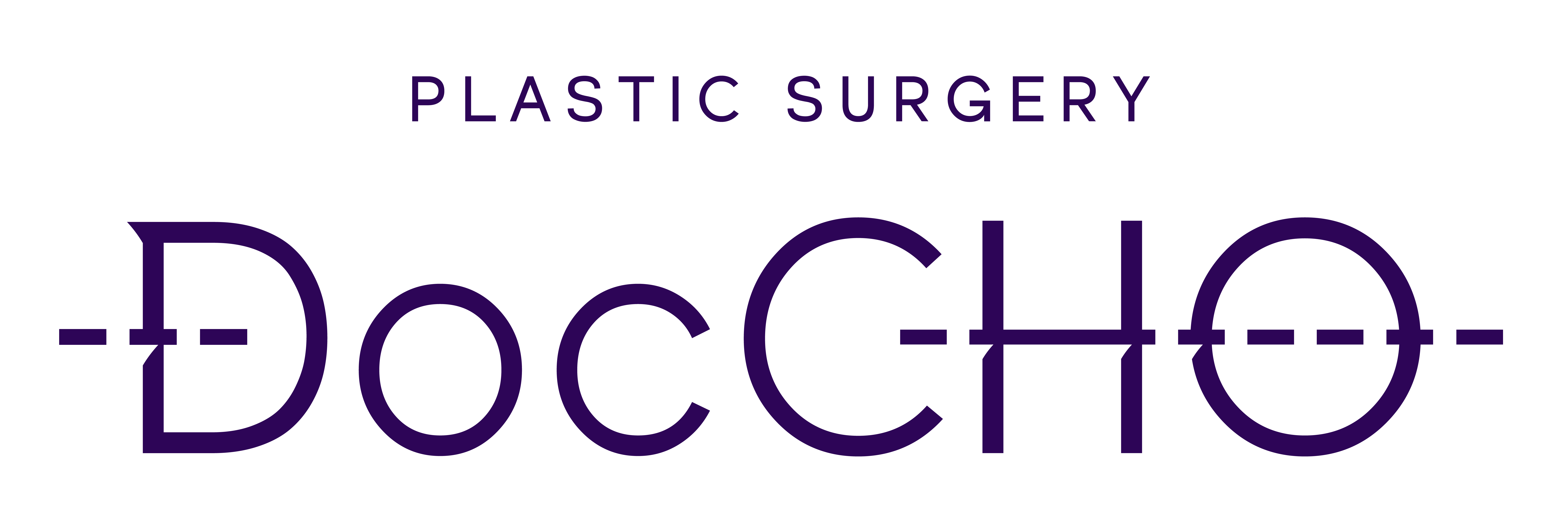Surgical breast lift - is it worth it or not?
Surgical breast lift is not a panacea, and in most cases it is simply not necessary. In my practice, I constantly have to "turn around" patients and convince them that they don't need to go under the knife in their case, conservative methods are enough. However, there are unscrupulous doctors who, in the pursuit of money, perform operations that are absolutely unnecessary for the patient. Today, I want to set the record straight and tell you when breast lift surgery is necessary and when it is not.
When is a breast lift performed?
A breast lift is a plastic surgery procedure that involves removing excess skin from the breast and tightening the remaining tissue to create a more lifted breast shape. A breast lift can be performed with or without implants, depending on the patient's needs and desired outcome. The surgery can take several hours and is performed under general anesthesia.
And now let's move on to the key question - in which cases it is necessary, and in which cases it is better to resort to other methods. First, let's take a quick look at when a breast lift is performed:
- The desire to significantly increase breast volume, which cannot be achieved with standard augmentation procedures and implants. I don't recommend this way, because it affects the shape, it loses its natural appearance. But the demand for such operations is high;
- Significant nipple asymmetry. For example, if you notice a difference in nipple height without an implant, but it is insignificant or even unnoticeable. However, if you decide not to lift the lower nipple or to lower the higher nipple, the difference with the implant will be very noticeable - it could be 2 centimeters or more. As there is no ptosis in this case, just different nipple levels, no other method than a lift will correct this asymmetry;
- Mild ptosis, or pseudoptosis, is when the skin is noticeably 'tired' after breastfeeding or weight loss, but there is no actual ptosis. In this case, there are two options - to have an immediate lift and get a guaranteed result, or to simply have an implant placed. But in this case, you have to understand that you will need a lift in the future and it will be possible to do it. In this case, I recommend immediate skin tightening to solve the problem at an early stage;
- A complex of asymmetry and pseudoptosis. In this case, a high result cannot be achieved without a lift;
- Significant ptosis. This occurs when the skin is ptotic and the glands pull the breast down. In this case an anchor lift is required. Some surgeons offer other options - for example, a periareolar lift - but this is a dubious and, in my opinion, completely unacceptable method.
I propose to elaborate on this last point as it requires some explanation.
Anchor lift for ptosis
Even without a medical degree, it is clear that an anchor lift is necessary in cases of significant breast prolapse. People often ask whether it is possible to simply place a larger implant to solve the problem of breast prolapse. This seems logical in words, but in practice it does not work. I'll try to explain this using the example of a balloon and a balloon, where the balloon is the implant and the balloon is tired skin from eating or losing weight. If we increase the size of the balloon, the balloon does not expand and does not rise. Even if we add more fluid, the effect will be unstable and the breast will sag even more, asymmetry will appear and possibly a double bladder. In such cases, it is necessary to perform a lift to lift the drooping gland and skin. This is certainly a more complicated procedure than simply placing a larger implant, but the result is different - the breasts look natural and lifted.
Periareolar lift: absolutely not!
My opinion on this is clear - this is the most horrible technique imaginable. It's not about slightly reducing the diameter of the areola - this is a perfectly appropriate and internationally accepted procedure. Unlike a periareolar lift, where excess skin is removed and the nipples are raised. In this case, the anatomical shape and geometric lines are lost and it looks completely unnatural. Personally, I am absolutely against this type of surgery and do not recommend it to all women.
Don't forget that the result of the lift depends not only on the skill of the surgeon during the operation, but also on following the doctor's recommendations during the rehabilitation period. After the procedure, the patient will need to follow instructions about wound care and physical activity restrictions for several weeks.
